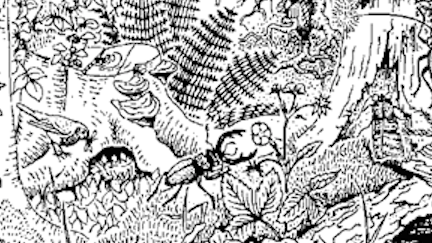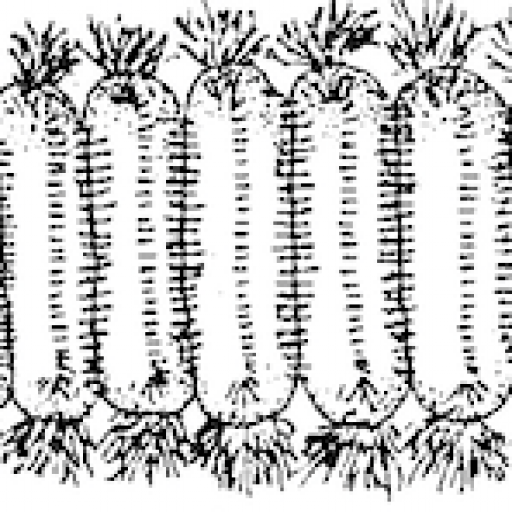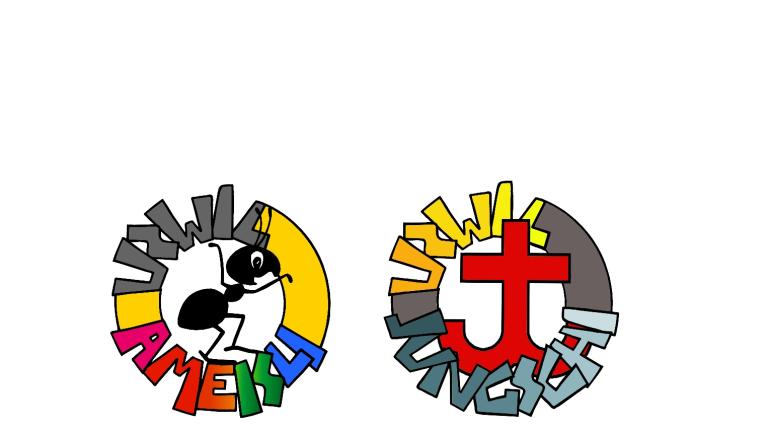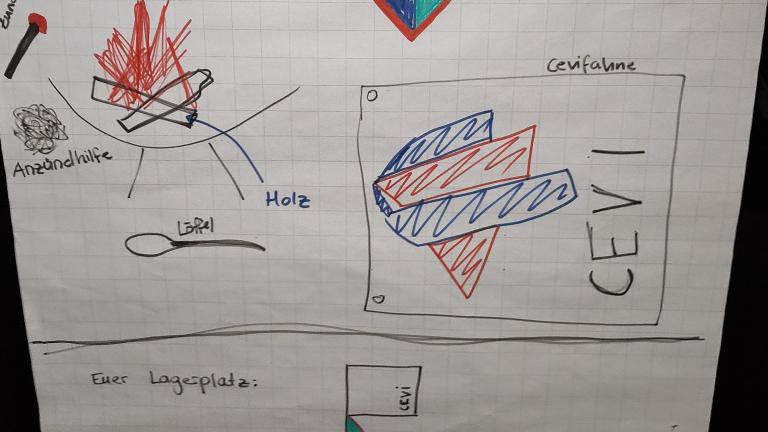When we hear "forest animal" we probably think first of the larger specimens of forest fauna, such as deer, stags, foxes, badgers, or perhaps martens or squirrels, but there are many more.
A few remarks on the animals of the forest
Animals are an important part of the forest habitat. It is to them that we will turn next.
When we hear "woodland animal" we probably think first of the larger specimens of woodland fauna, such as deer, stags, foxes, badgers or perhaps martens or squirrels.
Watching these animals takes a lot of patience and a lot of time. Sitting still requires great discipline and is therefore not necessarily suitable for children. And if the long perseverance is not rewarded by the appearance of an animal, the disappointment could be great.
Adding to this, our stay in the forest means that the animals have long since dispersed and are unlikely to venture near again until between dusk and dawn.
Despite this, the group can of course sit somewhere quiet and wait a while for an animal to show itself.
Whoever wants to observe wildlife with his group should ask the forester or gamekeeper at the camp site for information on the most favourable places and the most suitable time for observing wildlife.
We can also determine the presence of animals by their tracks. Feeding, scat and footprints tell us which animal has been here and how it lives.
Looking for animal tracks
Fresh, scat and footprints tell us which animal has been here and how it has been living. Animal dwellings are also a type of track that can tell us a lot about the lives of different species of animals.
Looking for such tracks in the environment, tracks of small animals are also of interest (e.g., ground animals).
We carry tracks that can be taken back to the starting point.
Items that can be associated with animals, e.g. leaves or branches with feeding traces are also brought and spread out on a white sheet.
Together we interpret the different tracks and try to find out which animal they come from and what the animal might have done to make this or that track.
If the leader would like to do some preparation regarding animal tracks, the book "Tierspuren. Recognizing animals by tracks, feeding signs, burrows and nests", P. Bang, P. Dahlström, BLV Verlagsgesellschaft.
Watching animals
The large forest animals, such as deer, fox, badger, marten, etc., are difficult to observe.
However, there are woodland animals that probably don't reach the size of the species mentioned above, but are much easier to spot. And they are of enormous importance to the forest. Without them, in fact, we would have chaos in the cycles of nature in no time. What is meant here are the ground animals.
To discover them, it takes a little practice. We help ourselves with the environmental camera.
To make an environmental camera, an A5 sheet of paper is rolled and held in front of one eye. The other eye is pinched shut. This "camera" can now be used to specifically search the forest floor for animals and observe the movement and behaviour of the small forest inhabitants. It will take a certain "getting used to" time to perceive ground animals at all. After a while, however, you will quickly notice how diverse life is on the forest floor.
We split into groups of two. Each group brings back five animals and places them individually each in a small jar (it is best to bring the animals into the jars with a leaf). For each animal an imaginary name is invented, which has something to do with the peculiarity, the appearance or the way the animal moves. In a small exhibition, the pairs present their animals, including their names, to the whole group.
Soil animals are essentially involved in the decomposition of organic material in the forest. To become aware of the decomposition activity of these organisms, we collect forest material in pairs that is in different stages of decomposition.
The found materials are put in order from "still fresh" to "almost completely decomposed". The groups of two then show each other their decomposition series and explain them.
Caution
Do not place jars containing the temporarily captured animals in direct sunlight. If possible, add an additional damp leaf to all jars. If we have observed the animals enough, we release them back into the wild at the place where they were found.
Animal pantomime
(See PDF file for details)
Source reference:
Content: Klemens Niederberger with the collaboration of CH WALDWOCHEN in den Schweiz. Children's and Youth Associations, 1990?
Patronage:
- Federal Councillor Flavio Cotti, FDHA
- Forestry Directors' Conference (FDK)
- Education Directors' Conference (EDK)
Promoters:
- Schweiz. Zentrum f. Umwelterziehung (SZU)
- World Wildlife Fund (WWF)
- Schweiz. Bund f. Naturschutz (SBN)
- Bundesamt f. Umwelt, Wald und Landschaft (BUWAL)
- Eid. Research Institute for Forests, Snow and Landscape (WSL)
- Forestry Central Office (FZ)
- Swiss Foresters Association (VSF/ASF)
- Swiss Forestry Association (FZ). Foresters (VSF/ASF)
- Schweiz. Arbeitsgemeinschaft der Jugendverbände (SAJV)
- Dachverband Lehrer und Lehrerinnen Schweiz (LCH)
- Forum schweiz. Elternorganisationen (FSEO)
copyright: CH Forest Weeks, Zofingen
Photos: Klemens Niederberger, Peter Frey, Philippe Pomont and others
Content may be automatically translated. Help improve the quality of the translation with your editing!




